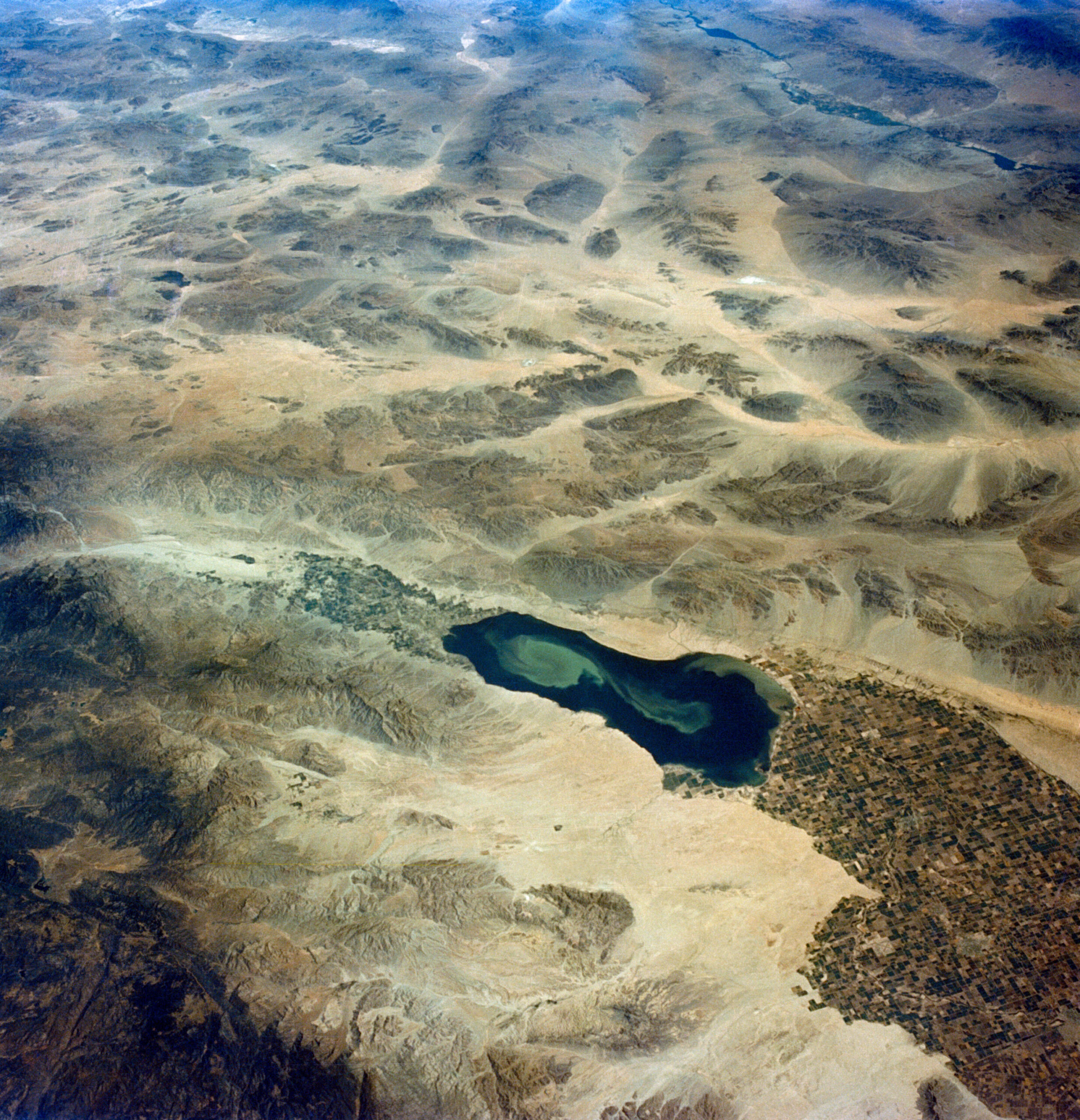A new assessment published in the journal Science reveals that more than half of the world’s largest lakes are losing water due to the warming climate and unsustainable human consumption. The lead author of the study, Fangfang Yao, a climate fellow at the University of Virginia, emphasizes that the news is not entirely bleak. With this new method of tracking lake water storage trends and the reasons behind them, scientists can give water managers and communities insight into how to better protect critical sources of water and important regional ecosystems.
The researchers from the University of Colorado Boulder, Kansas State University, France, and Saudi Arabia created a technique to measure changes in water levels in almost 2,000 of the world’s biggest lakes and reservoirs, which represent 95% of the total lake water storage on Earth. The team combined three decades of observations from an array of satellites with models to quantify and attribute trends in lake storage globally.
Globally, freshwater lakes and reservoirs store 87% of the planet’s water, making them a valuable resource for both human and Earth ecosystems. Unlike rivers, lakes are not well monitored, yet they provide water for a large part of humanity—even more than rivers. However, despite their value, long-term trends and changes to water levels have been largely unknown—until now.
For the new paper, the team used 250,000 lake-area snapshots captured by satellites between 1992–2020 to survey the area of 1,972 of Earth’s biggest lakes. They collected water levels from nine satellite altimeters and used long-term water levels to reduce any uncertainty. For lakes without a long-term level record, they used recent water measurements made by newer instruments on satellites. Combining recent level measurements with longer-term area measurements allowed scientists to reconstruct the volume of lakes dating back decades.
The results of the study were staggering: 53% of lakes globally experienced a decline in water storage. The authors compare this loss with the magnitude of 17 Lake Meads, the largest reservoir in the United States. Lakes in both dry and wet areas of the world are losing volume. The losses in humid tropical lakes and Arctic lakes indicate more widespread drying trends than previously understood.
To explain the trends in natural lakes, the team leveraged recent advancements in water use and climate modeling. Climate change and human water consumption dominated the global net decline in natural lake volume and water losses in about 100 large lakes, Yao said. “And many of the human and climate change footprints on lake water losses were previously unknown, such as the desiccations of Lake Good-e-Zareh in Afghanistan and Lake Mar Chiquita in Argentina.”
The researchers also assessed storage trends in reservoirs and found that nearly two-thirds of Earth’s large reservoirs experienced significant water losses. “Sedimentation dominated the global storage decline in existing reservoirs,” said co-author Ben Livneh, also a CIRES fellow and associate professor of engineering at CU Boulder. In long-established reservoirs—those that filled before 1992—sedimentation was more important than droughts and heavy rainfall years.
While the majority of global lakes are shrinking, 24% saw significant increases in water storage. Growing lakes tend to be in underpopulated areas in the inner Tibetan Plateau and Northern Great Plains of North America and in areas with new reservoirs such as the Yangtze, Mekong, and Nile river basins.
The authors estimate roughly one-quarter of the world’s population, 2 billion people, resides in the basin of a drying lake. This indicates an urgent need to incorporate human consumption, climate change, and sedimentation impacts into sustainable water resources management.
The research offers insight into possible solutions, Livneh said. “If human consumption is a large factor in lake water storage decline, then we can adapt and explore new policies to reduce large-scale declines.” This happened in one of the lakes the team studied, Lake Sevan in Armenia. Lake Sevan has seen an increase in water storage in the last 20 years, which the authors linked to enforcement of conservation laws on water withdrawal since the early 2000s.
The new assessment highlights the urgent need for sustainable water resources management to reduce the negative impact of human consumption and climate change on the world’s largest lakes and reservoirs. With this new method of tracking lake water storage trends and the reasons behind them, scientists can give water managers and communities insight into how to better protect critical sources of water and important regional ecosystems.



Leave a Reply